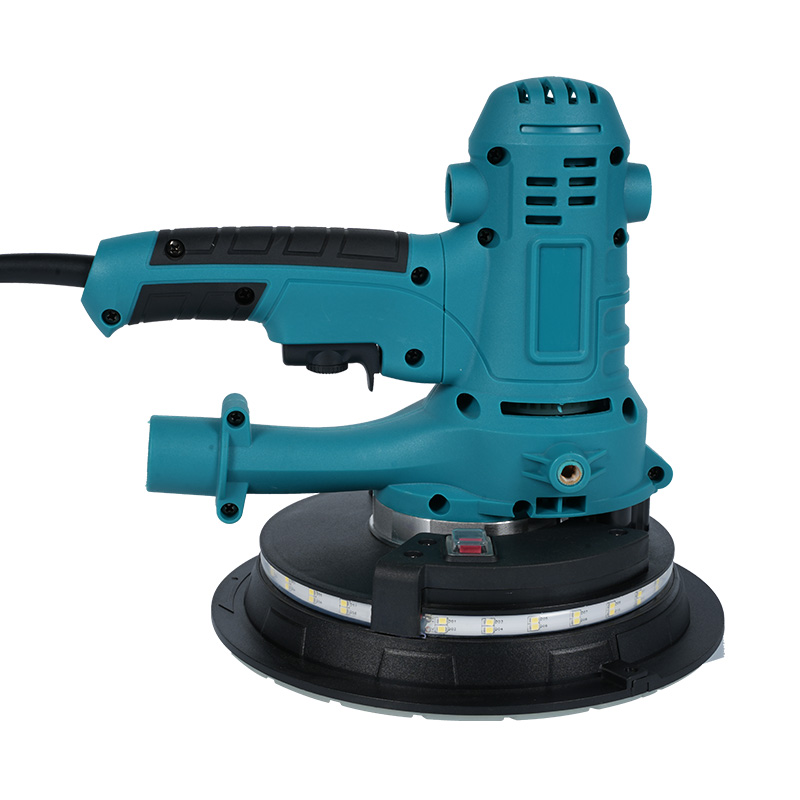
The history of wall finishing is a testament to human ingenuity and the relentless pursuit of efficiency. Traditionally, the task of polishing walls was a laborious manual process, requiring immense physical effort and time. However, with the advent of the wall polishing machine, this aspect of construction and interior design has been revolutionized. The transformation from manual to mechanical methods in wall polishing has not only improved the speed and uniformity of wall finishes but also enhanced the overall quality and safety of the work.
In the past, wall polishing was a task reserved for skilled and patient workers. It involved hours of hand sanding and smoothing, with the goal of achieving a flawless surface. This method, while effective, was limited by the physical capabilities of the workers and the quality of their tools. The introduction of the wall polishing machine marked a significant shift in this industry.
The wall polishing machine, with its automated processes, has streamlined the wall finishing process. It operates by using a series of rotating pads or discs to smooth and polish the wall surface, removing imperfections and achieving a uniform finish. This machinery has been designed to handle various types of surfaces, from plaster to drywall, making it a versatile tool in the construction industry.
One of the key benefits of using a wall polishing machine is the consistency it brings to wall finishing. Manual polishing can result in uneven surfaces due to the variation in pressure and technique applied by different workers. In contrast, a wall polishing machine applies a consistent amount of pressure and speed, ensuring a uniform finish across the entire wall surface. This consistency is a significant advancement in the field, as it reduces the need for additional sanding and touch-ups after the initial polishing.
Safety is another area where the wall polishing machine excels. Manual polishing often exposes workers to dust and other airborne particles, which can be harmful to their health over time. The wall polishing machine, with its enclosed system and dust collection capabilities, reduces worker exposure to these hazards. This innovation not only protects the health of the workers but also contributes to a cleaner and more environmentally friendly construction site.
Another advantage of the wall polishing machine is the time it saves. Traditional manual polishing can take days or even weeks to complete, depending on the size of the wall and the desired finish. With a wall polishing machine, the same task can be accomplished in a fraction of the time. This efficiency is particularly valuable in large-scale construction projects where time is a critical factor.
The wall polishing machine has also opened up new possibilities in terms of wall design. The precision and control offered by these machines have allowed for more intricate and detailed finishes that would be challenging, if not impossible, to achieve by hand. This has led to an expansion in the range of textures and patterns available to architects and designers, enhancing the aesthetic possibilities of wall surfaces.
In conclusion, the evolution from manual to mechanical wall polishing represents a significant leap forward in construction technology. The wall polishing machine has not only improved the efficiency and quality of wall finishing but has also introduced new possibilities in design and safety. As technology continues to advance, it is likely that further innovations will emerge, continuing the evolution of wall polishing and pushing the boundaries of what is possible in construction and interior design.


 English
English русский
русский Español
Español italiano
italiano